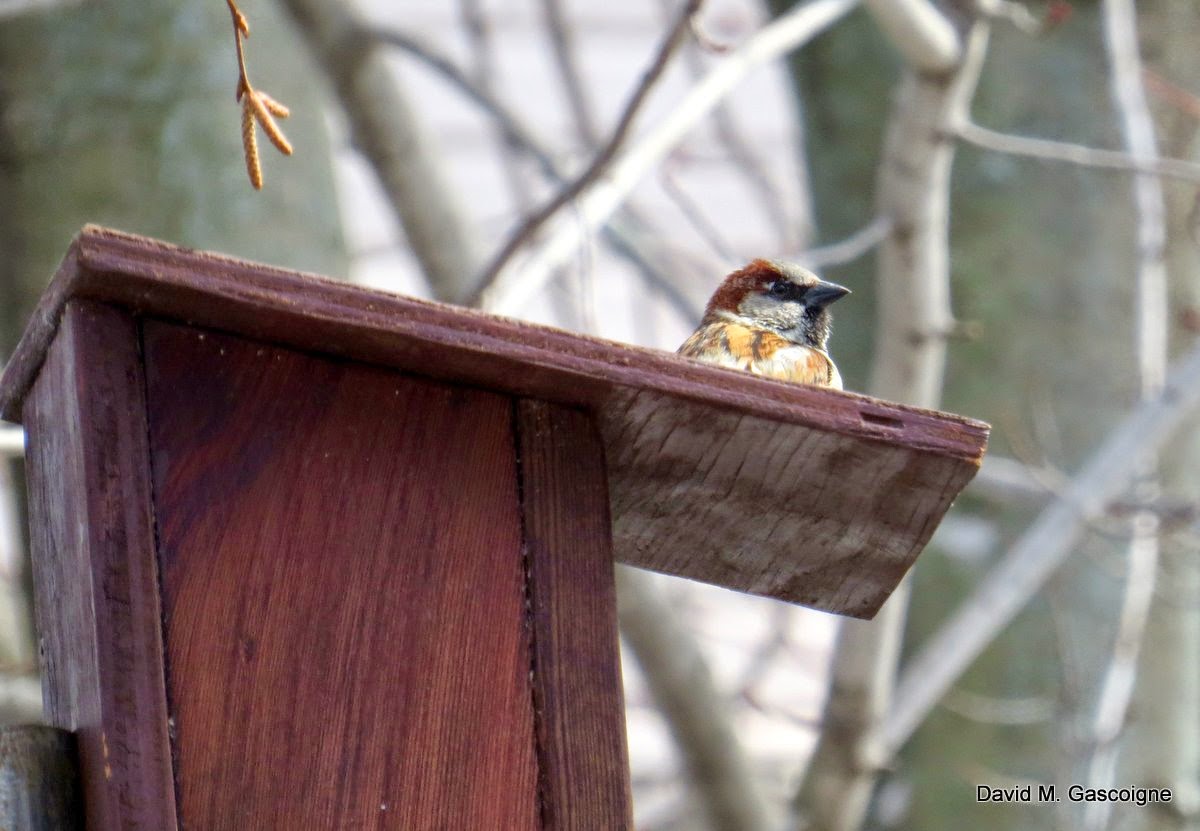Fortunately, CKCO, the local CTV affiliate, located just a short distance from the Sun Life building, agreed to permit the Canadian Peregrine Foundation to install a new nest box on their communications antenna. Two years earlier peregrines had bred there, and already this year a pair was showing interest in this location.
The nest box which had been taken down from the Sun Life building was too big to to be installed on the CTV tower, so a new box had to be built. Waterloo Region Nature, of which I am president, donated the funds for the construction materials, and the the custom box was built by Mark Nash of the Canadian Peregrine Foundation.
It was getting late in the breeding season for the falcons and we knew that pair bonds had been formed. We had our fingers crossed that we would not be too late for this pair to occupy our box.
Dale Ingrey, the point man for our club, accompanied by several others, assisted at the erection site and the nest box was successfully hauled up and installed on the platform.
Imagine our sheer delight when the pair of falcons almost immediately showed interest and within a day it became clear that they had claimed the box as their own.
This has been a success story of which we can all be proud. As of yesterday the pair had two eggs!
For our dedicated team of falcon watchers this is only the beginning. Much monitoring has to be done and people stationed at the ready to help future fledglings survive their first attempts at flight. Often they have to be rescued and returned to the nest, for the city can be a dangerous place for a young peregrine before it attains full flight proficiency.
It is a labour of love for all of us, however, and we are happy that we have played some small part in ensuring the ongoing viability of this most magnficent of raptors.




























































.svg.webp)












